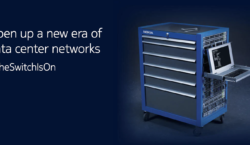Virtual Manufacturing (VM) from Sweden, a supplier of ‘lean-based production development services’, is successfully on their way to building a market within Southeast Asia’s huge manufacturing base.
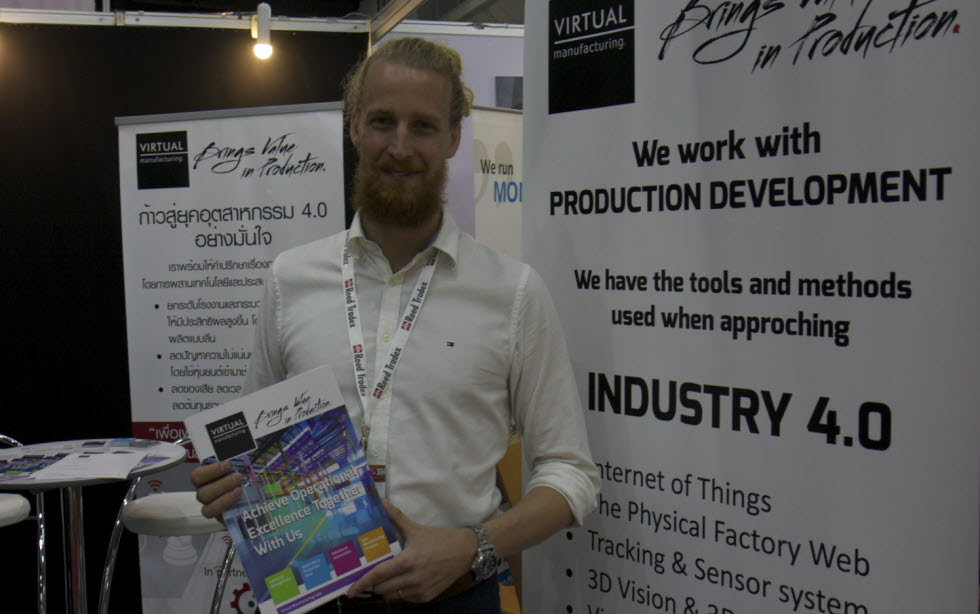
Since its arrival to this region VM has gained good – and fast – traction, with many leads and their first clients in Malaysia and Thailand. This was proven not least by the tremendous interest shown for their solutions during the Manufacturing Expo 2017 in Bangkok. Being experts on guiding manufacturers towards ‘Industry 4.0’ is clearly a winner in Thailand, and the region, these days!
‘Brings value in production’ is VM’s catchphrase, based on new approaches in helping leading manufacturers to reach operational excellence faster. VM can be a partner in modern production development, or be an enabler for that, and move towards Industry 4.0, by utilizing both the virtual and physical worlds.
“So we work with bringing value into production and the different values can be: reducing time, reduced lead time and we look at the entire process and try to free up time and thereby freeing up resources to do other things, or to simply save money,” explains Pontus Rosengren (Business Developer). He and one of the founders, Torbjörn Danielsson, have moved to set up and steer their operations in Southeast Asia. Reducing lead time can for example get the cash faster in to the company.
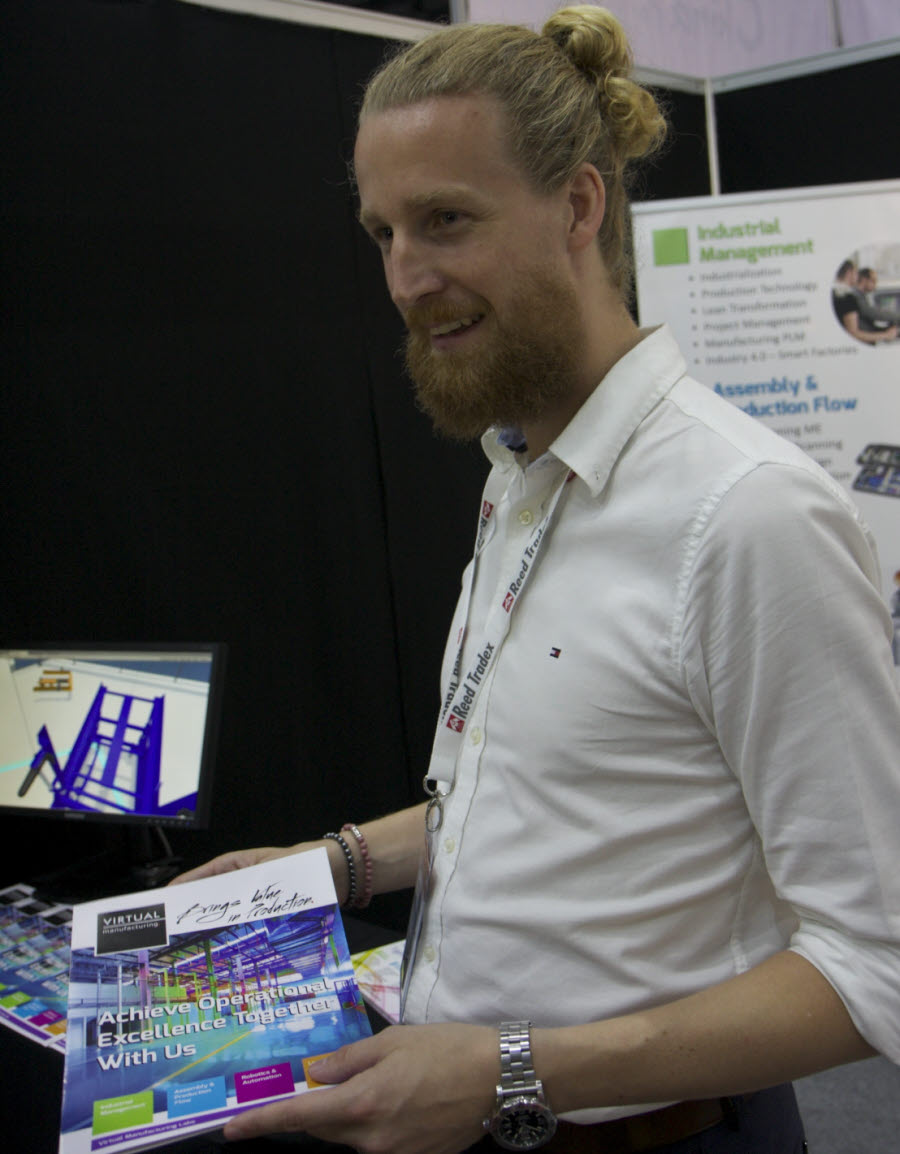 VM use what is called ‘Digital factories’ for workplace visualisation – something they strongly believe in. “The value is that the team that will be working with you will have an understanding and will go in the same direction. We also think that you should make your mistakes in the digital factory rather than in the real one.”
VM use what is called ‘Digital factories’ for workplace visualisation – something they strongly believe in. “The value is that the team that will be working with you will have an understanding and will go in the same direction. We also think that you should make your mistakes in the digital factory rather than in the real one.”
But everything starts in the real world: “You need your factory performance KPI so you can show it to those working on the factory floor. From that data you can start doing simulations and optimisation. And from that you will get new KPIs and based on that you start doing the changes in the real world again.”
That cycle is then repeated to earn time/money again and again.
One of VM’s standardized tools and methods that relate to Industry 4.0 and IoT (Internet of Things) is their ‘Physical Web for Manufacturing’. “Basically by giving assets and people and areas within your factory digital identities, you can track movements of those assets and see if they are adding value to your product. So let’s say in an assembly plant, as example, in one area is where the assembly workers do the value added work. By tracking those people’s movements indoors, we can see that perhaps they spend only 40 per cent of their time on adding value. Why? With digital identities we can take fact-based improvement decisions.”
“In normal cases we have facts, for instance the certain amount of time something takes. We have filmed the manufacturing process and have broken down the video film to see where the value added activities happen and where we have waste in the process. Then we reorganise, simulate and move for example material and tools closer to the worker. We can simulate how long time a movement takes, and therefore the whole time process based on that. It’s very important in manufacturing: time is money – the old cliché rules,” continues Pontus.
Another tool is real time communication and visualisation, which is about being able to act in the right time, before the surprises occur.
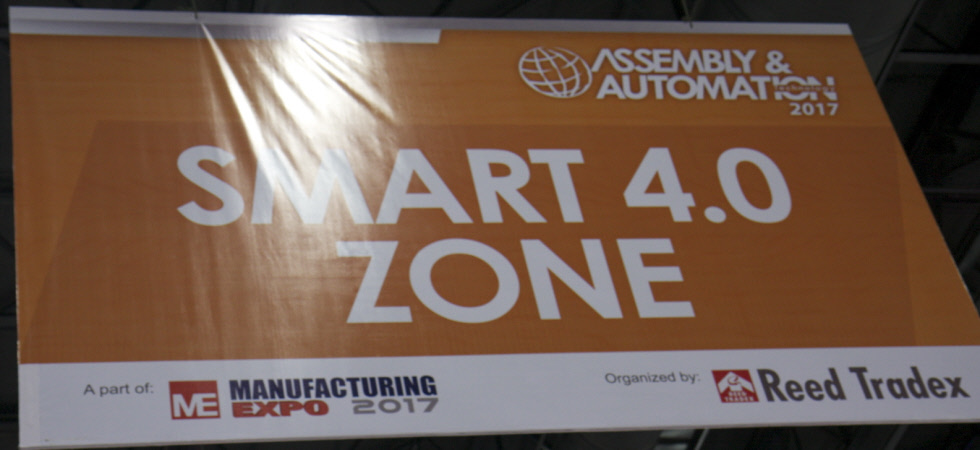
It is central for VM to work with Surprise Avoidance. ”Why? Because surprises in a factory costs money and if we can front load activities to reduce these surprises in the factory then we earn money.”
Aiming towards Industry 4.0; by using smart analytics systems one can start gathering the data and have a good system where to store it. “But what should you do with the data? One must be able to analyse the data in one way or the other. Can you use it to be proactive to tell you that a machine will, historically, break down soon and that these are the parts you must fix? Then you can take measurements to avoid it from happening.”
“In connection to a new factory, or wanting to improve, or having a new line or production cell, we make sure we know what’s going to happen and that we will use as little energy as possible in order to save you time and money.”
Other customer’s concerns may be: having a new product launch to be released to the market; internal and external demand – maybe they need to lower their lead-time to the market; or they are having quality issues and need to come up with a more sustainable solution.
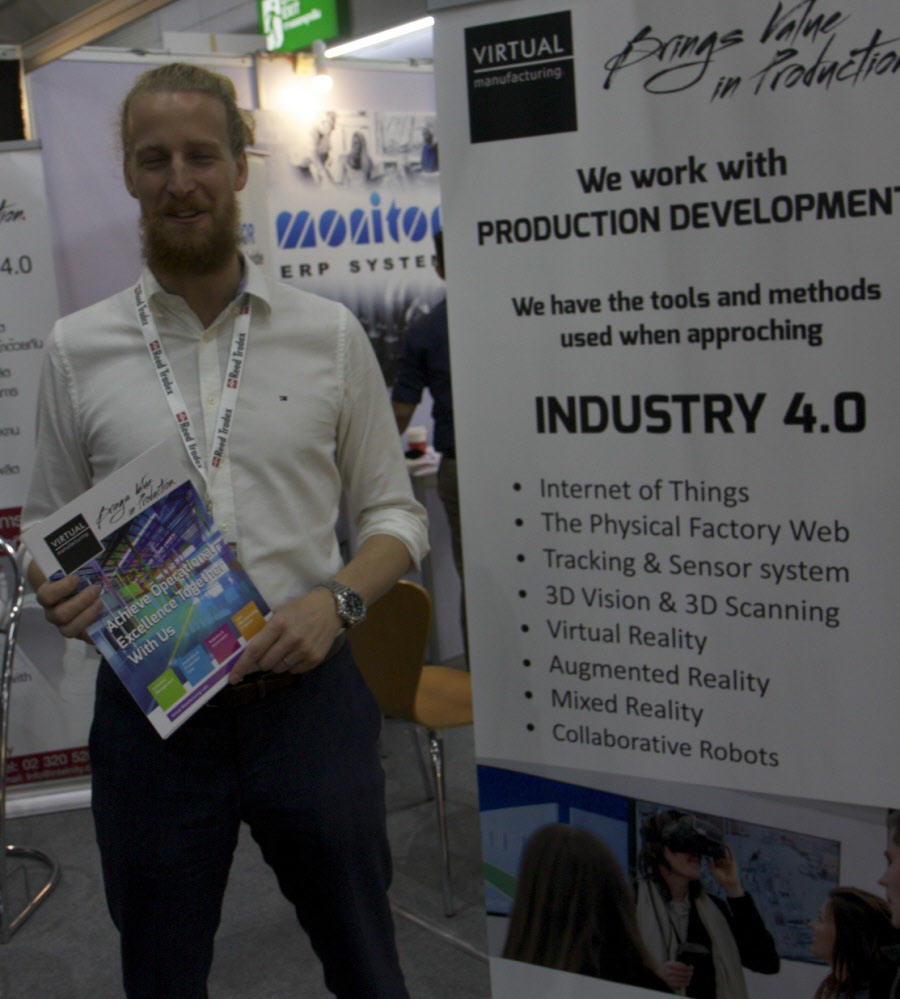 For the last of these mentioned concerns VM work with the client on reducing claims, or, reclamations, as it costs the company a lot – establishing a quality-ensured working method. “In processes this is to steer; for example making an assembly process or a machine process as safe as possible to eliminate any risks so that you deliver the same quality product every time.
For the last of these mentioned concerns VM work with the client on reducing claims, or, reclamations, as it costs the company a lot – establishing a quality-ensured working method. “In processes this is to steer; for example making an assembly process or a machine process as safe as possible to eliminate any risks so that you deliver the same quality product every time.
The value that VM brings to a client can concern production lead-time, floor space utilization, reducing ramp up cost, optimisation of automation investment in order not to underspend or overspend when they buy equipment etc.
The digital factory process entails many steps that broadly look like this: based on the “as is” data the process continues with the “to be” scenario, the future. This is built up in a 3D model for testing, and so on.
“If you have worked in one way for twenty years, or have been doing something well and it works well, and then some expert consultant comes and tells me to do it differently – that that does not feel good. Then one must be able to visualize to them how it will work so that you can get them with you. In the sales stage it is important to get the management on board but then one must get the workers in the factory on board, otherwise it will never work . So getting involvement from everyone at the customers’ side is very important.”
“The need to change culture and behaviour is essential to get a long-term beneficial solution. You always need to work with culture and behaviour so you get everyone involved, and everyone to want to drive the continued improvements afterwards.”
“In Southeast Asia we want to gain a deeper cultural understanding so that we can bring real long term improvements for the companies here. Here, we are rookies, so we have been out every week visiting x number of companies to get an understanding for how things work here.”
“Our target group is really all manufacturing companies from big giants in the automotive industry to SME companies who want to get better.”
“And what’s fun is that among the SMEs we have visited it does not differ much from Sweden and there is a large urge, willingness to improve. And I think that overall it seems very interesting!”
The region offers VM lots of untapped potential: “It’s enormous compared to Sweden! Take just the number of cars being produced here, with the gigantic automotive industry. And we can see we have something to offer here. And we understand that people are being restrictive and do not want to jump into something, but step by step. We have kick-started the first projects and if those become success stories it will be even easier.”
VM has so far gone from two to ten employees in Southeast Asia within just one year.

